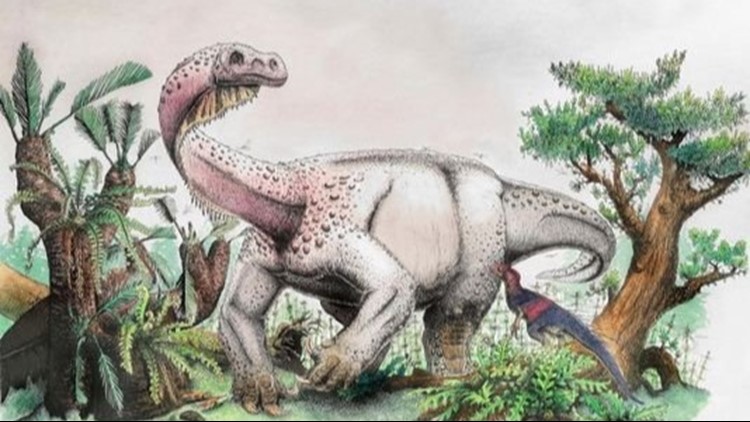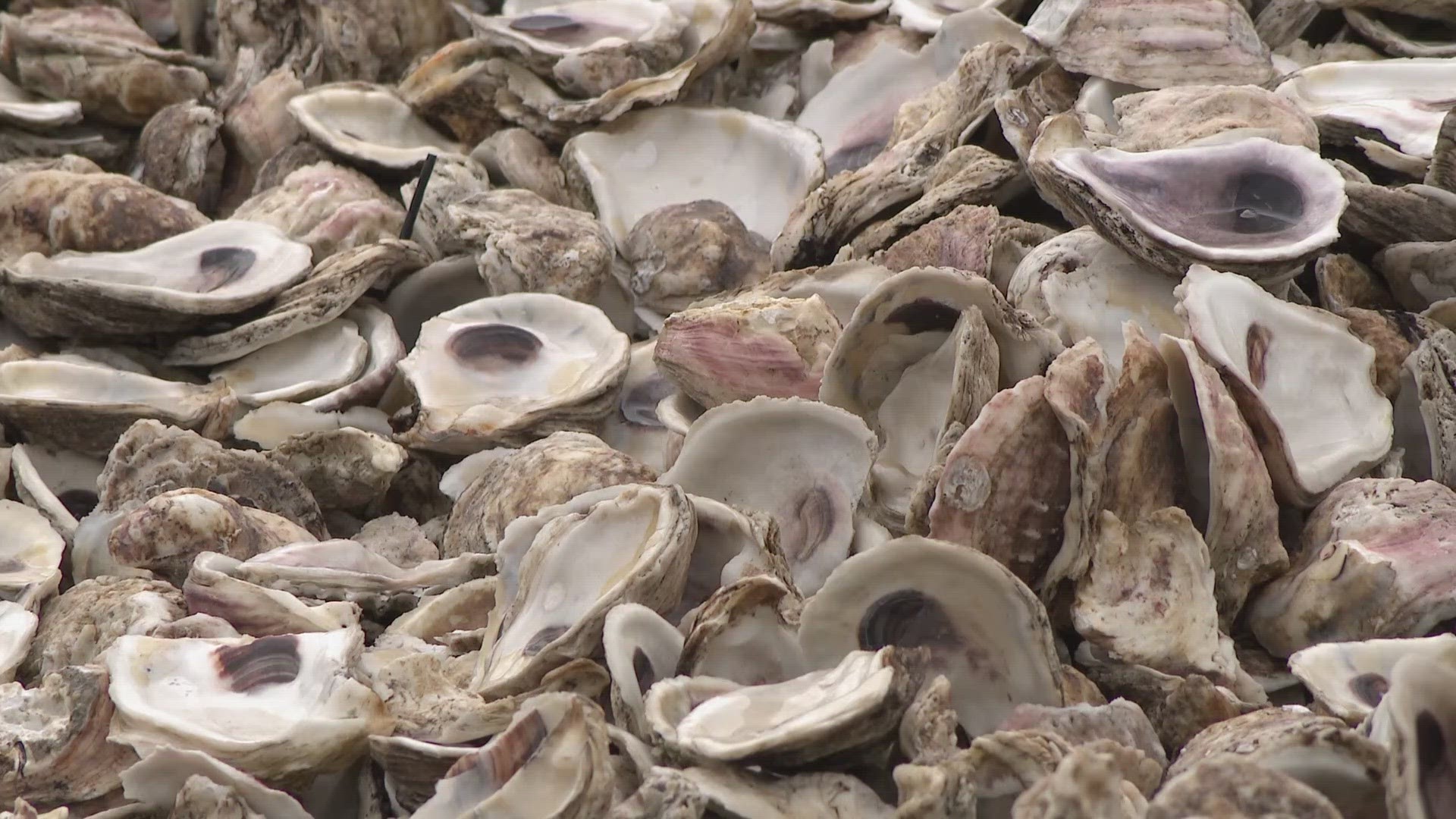Fossils of a new, giant species of dinosaur have been discovered in South Africa, a study published Thursday reports.
The creature, which lived some 200 million years ago, was about twice the size of a modern-day African elephant. It was also the largest land animal alive on the planet at that time, according to the study.
Known by the scientific name Ledumahadi mafube, it weighed over 26,000 pounds and stood about 13 feet high at the hips.
Although it isn't the biggest dinosaur ever found, "It's the first true giant that evolves in a long line of dinosaurs called sauropod dinosaurs, said study co-author Jonah Choiniere, a paleontologist at the University of the Witwatersrand, in a statement.
Sauropods, weighing up to 66 tons, include well-known species like the brontosaurus. Thus, this part of South Africa was the origin of all the giant dinosaurs that evolved later, Choiniere said.
The new dino is a close relative of other massive dinosaurs from Argentina that lived at about the same time, which reinforces the idea that the supercontinent Pangaea was still assembled at that time. "It shows how easily dinosaurs could have walked from Johannesburg to Buenos Aires at that time," said Choiniere.
This particular animal was likely about 14 years old when it died.
The dinosaur's name is Sesotho for "a giant thunderclap at dawn." Sesotho is one of South Africa's 11 official languages.
The discovery of the dinosaur underscores how important South African paleontology is to the world, according to South Africa's minister of science and technology Mmamoloko Kubayi-Ngubane.
"Not only does our country hold the cradle of humankind, but we also have fossils that help us understand the rise of the gigantic dinosaurs," she said.
The study was published in the peer-reviewed journal Current Biology.



